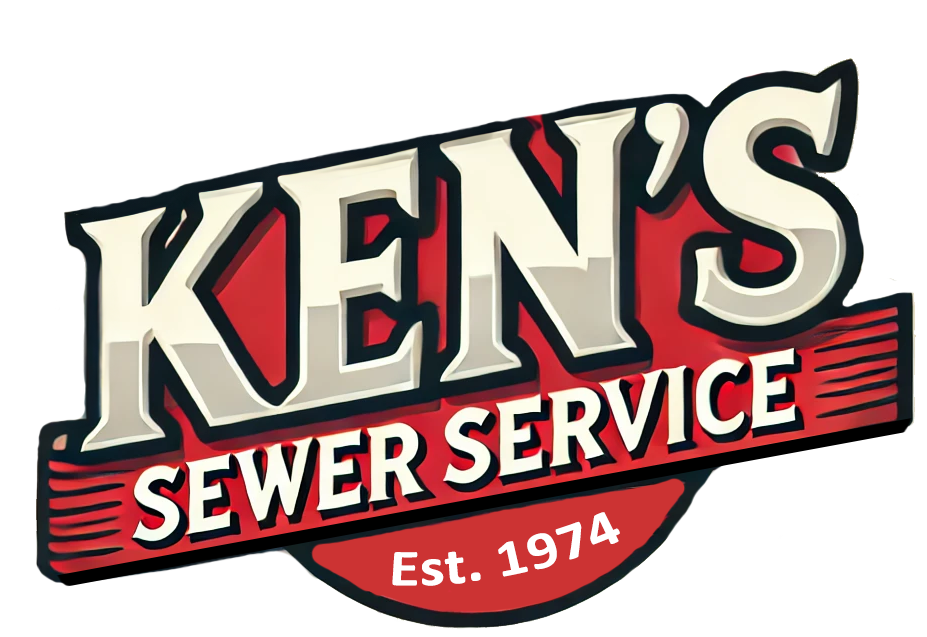The Iron Age... A Bit Of History, A Bit Of Cast Iron Cookery
Iron ore is one of the most abundant elements on Earth. To extract the bits of iron in the ore, it is smelted. Smelting is the process of heating up the ore until the metal becomes spongy and the chemical compounds break down. The presence of iron in everyday life began in about 1200 BCE. Iron encompassed a wide variety of uses from farming implements to tools to weapons. Minnesota’s Mesabi Iron Range has one of the largest open pit mines in the world called the Hull Rust Mine in Hibbing. Iron ore has been mined there for over 125 years. Today, we use iron in multiple applications, and one of the most common is the formation of steel. Steel is made by mixing carbon and iron at very high temperatures (above 2600 degrees fahrenheit). Whereas, cast iron is formed by smelting iron ore, or melting pig iron (an intermediate product of iron ore extraction), and mixing it with scrap metals and other alloys. The liquid mixture is then poured into molds and allowed to cool and solidify. Look around you right now and notice all of the everyday items made from iron – your car parts, kitchen appliances, sinks, cutlery, washers and dryers, hammers and nails, magnets on your fridge and magnets in your smartphone and computers, work-out equipment, home decor, plumbing, and the list goes on.
One of my favorite items on that list are my cast iron pans. It holds its heat like no other pan, providing even cooking and perfect browning. I use it for breakfast, lunch and dinner. We love to cook eggs, hash browns, frittatas, paninis, biscuits and cornbread and all the meats and vegetables. It’s so versatile and durable, it adds delicious and deep flavor, yet sometimes it’s so difficult and time consuming to clean. I still highly suggest investing in a good cast iron skillet or two, or cast iron bakeware, or both. Continue reading about the best way to care for, clean and season your cast iron cookware.
How to Clean Your Cast Iron Pan
1. Clean your cast iron skillet after each use
Use a paper towel to wipe the interior surface of excess food and oil when the skillet is still warm. Rinse under hot running water, scrubbing with a non-metal brush or non-abrasive scrub pad. Use a small amount of mild soap, if preferred. If this method isn’t cleaning the pan well enough, fill halfway with water and return it to the stovetop. Let the water boil long enough so it begins to release the stubborn, caked-on food bits, discard water, let cool enough to handle & repeat the previous steps. You can also try an oil and salt mixture to achieve a semi-abrasive paste. There are a few products out there that are specifically made for cast iron applications like scouring and stainless steel pads, brushes, pot scrapers, soaps and salts.
2. Lightly oil after each cleaning
Make sure your pan is thoroughly dried with a soft dishcloth. Over medium-low heat, allow all traces of moisture to evaporate. Add ½ teaspoon vegetable or canola oil (for a medium sized pan) and use a paper towel to lightly coat the entire interior surface. Continue to wipe the surface with the oiled paper towel until it looks dark and smooth and no oil residue remains. Let the pan cool completely and store. I prefer storing my skillet covered with a tight fitting lid.
If your pan is in need of some extra TLC because it’s looking a bit blotchy or it’s just time to re-season, use one of the methods below to bring your cast iron back to life. If you regularly wash your pan, with or without soap, I suggest seasoning your pan on maintenance a couple times a year. It will prolong the life and prevent sticking, rusting and residue issues.
How to Season Your Cast Iron Pan
1. Stovetop
Heat skillet over medium-high heat. Using paper towels dipped in 2 tablespoons vegetable or canola oil and held with tongs to prevent skin burns, wipe the surface until the oil smokes (turn on the vent hood fan & maybe open the windows!) and there is no remaining oil residue. Repeat this step 3-5 times, making sure the oil smokes and letting the skillet cool slightly after each application.
2. Oven
Heat oven to 500 degrees. Using paper towels, rub vegetable or canola oil over the entire surface. Use 1 tablespoon for a medium size pan and 2 tablespoons for a large pan. Using a clean paper towel, wipe away all of the excess oil. Place the pan in the oven for one hour. Using potholders, remove the skillet from the oven and let it cool completely. If you have a cast iron pan with an enameled bottom, handle and sides, only coat the inside exposed cast iron with oil.
I hope you enjoyed reading this entry that isn’t all about plumbing and drain cleaning. As always, keep in mind that any appliance or household system, no matter how large or small, requires regular cleaning and maintenance to keep it functioning at its best.

